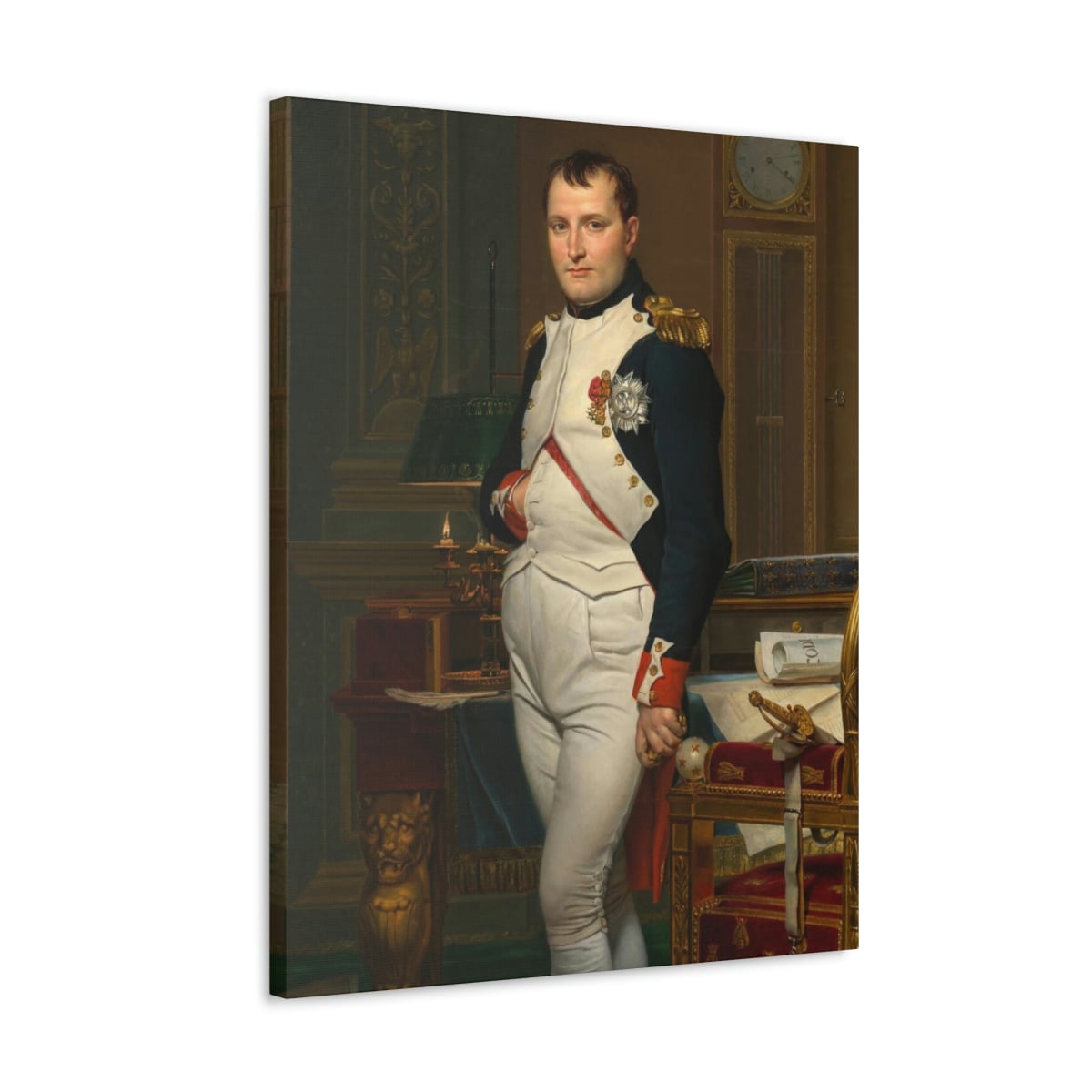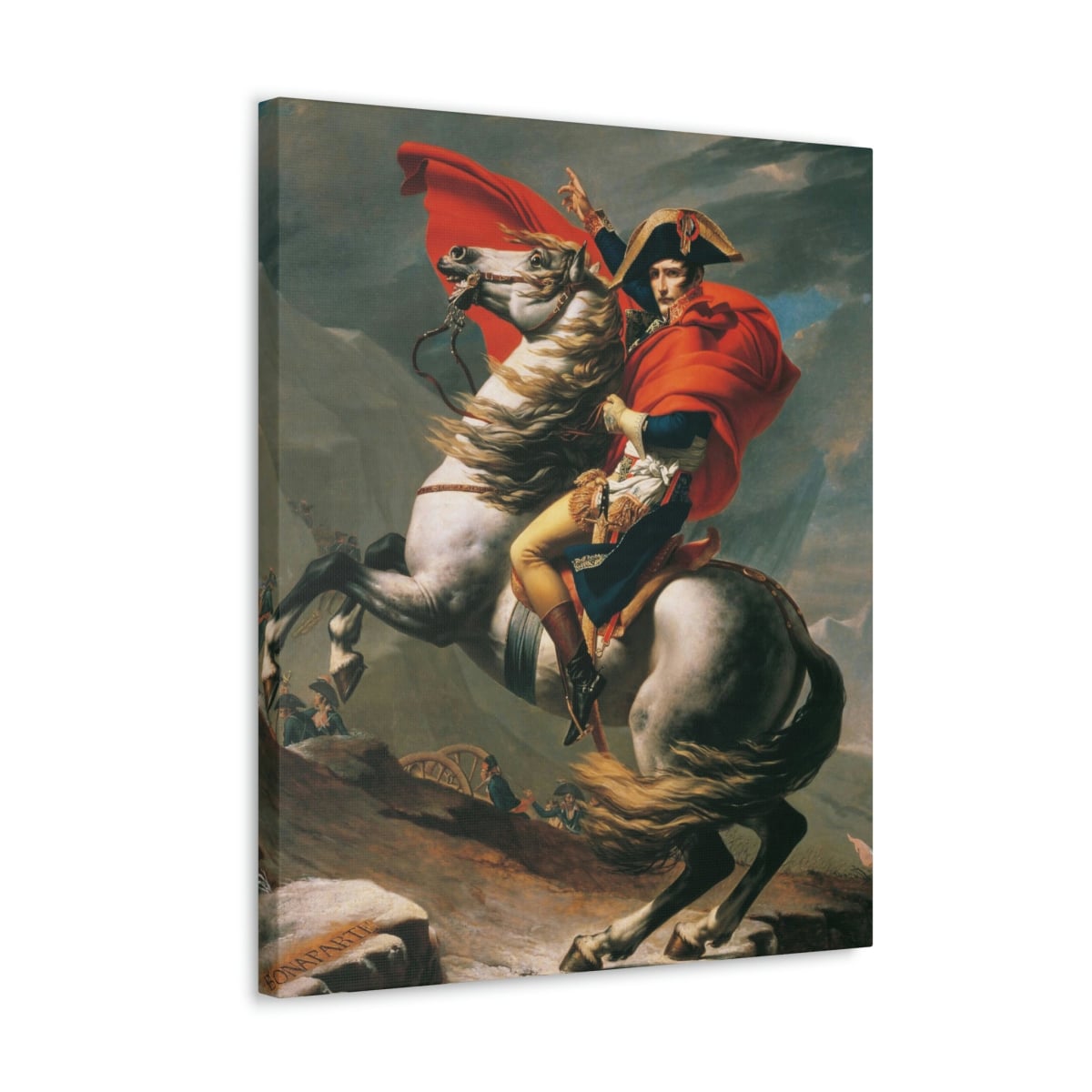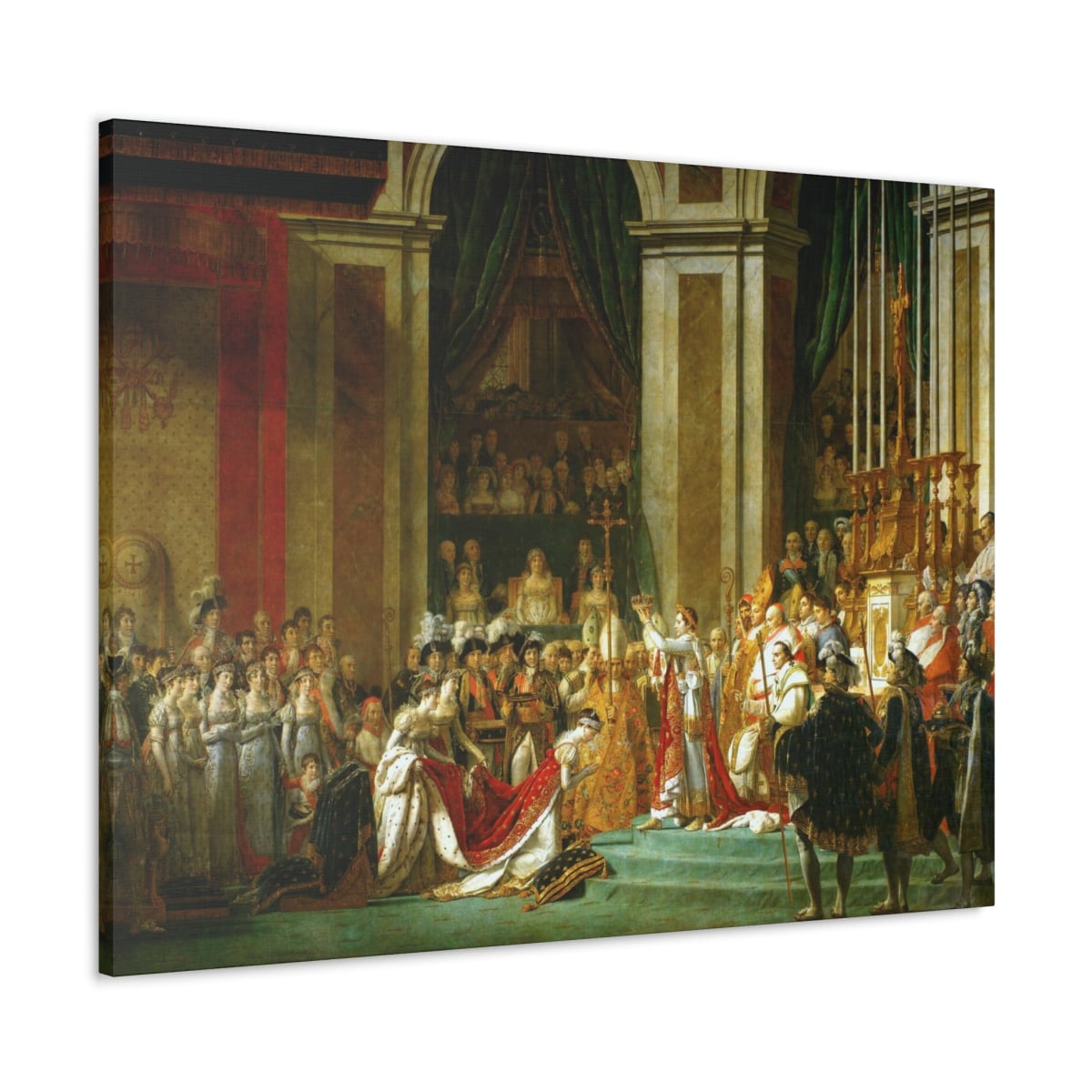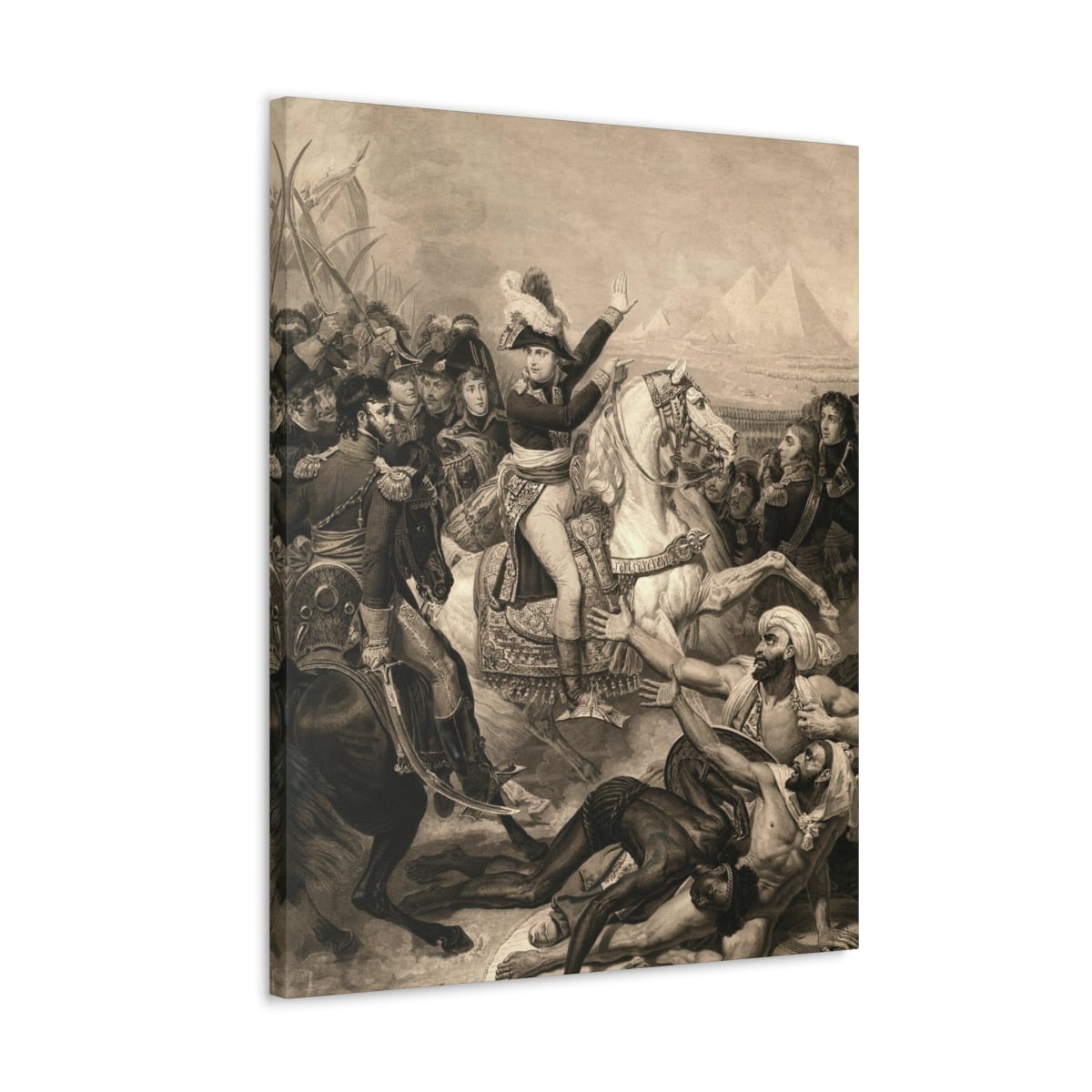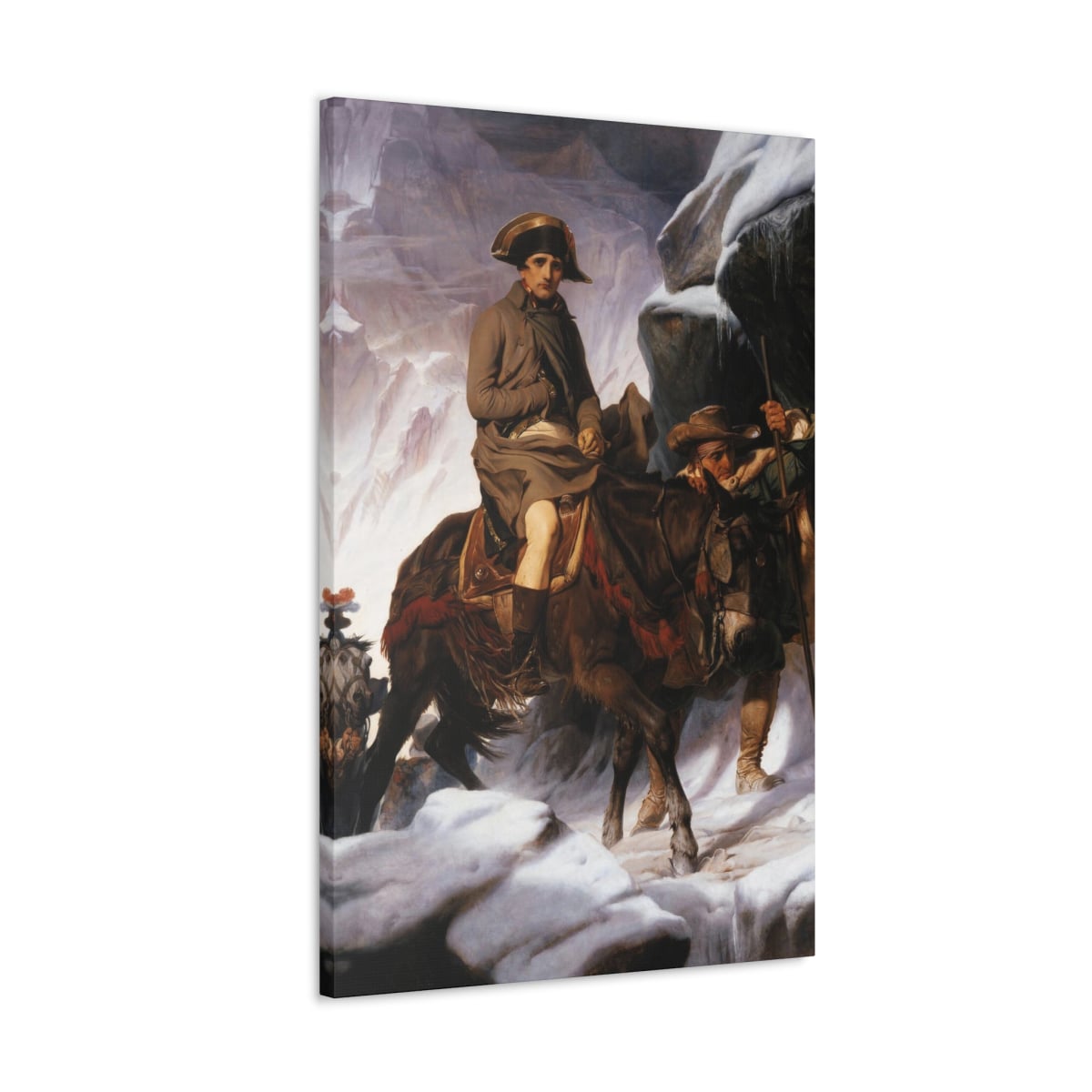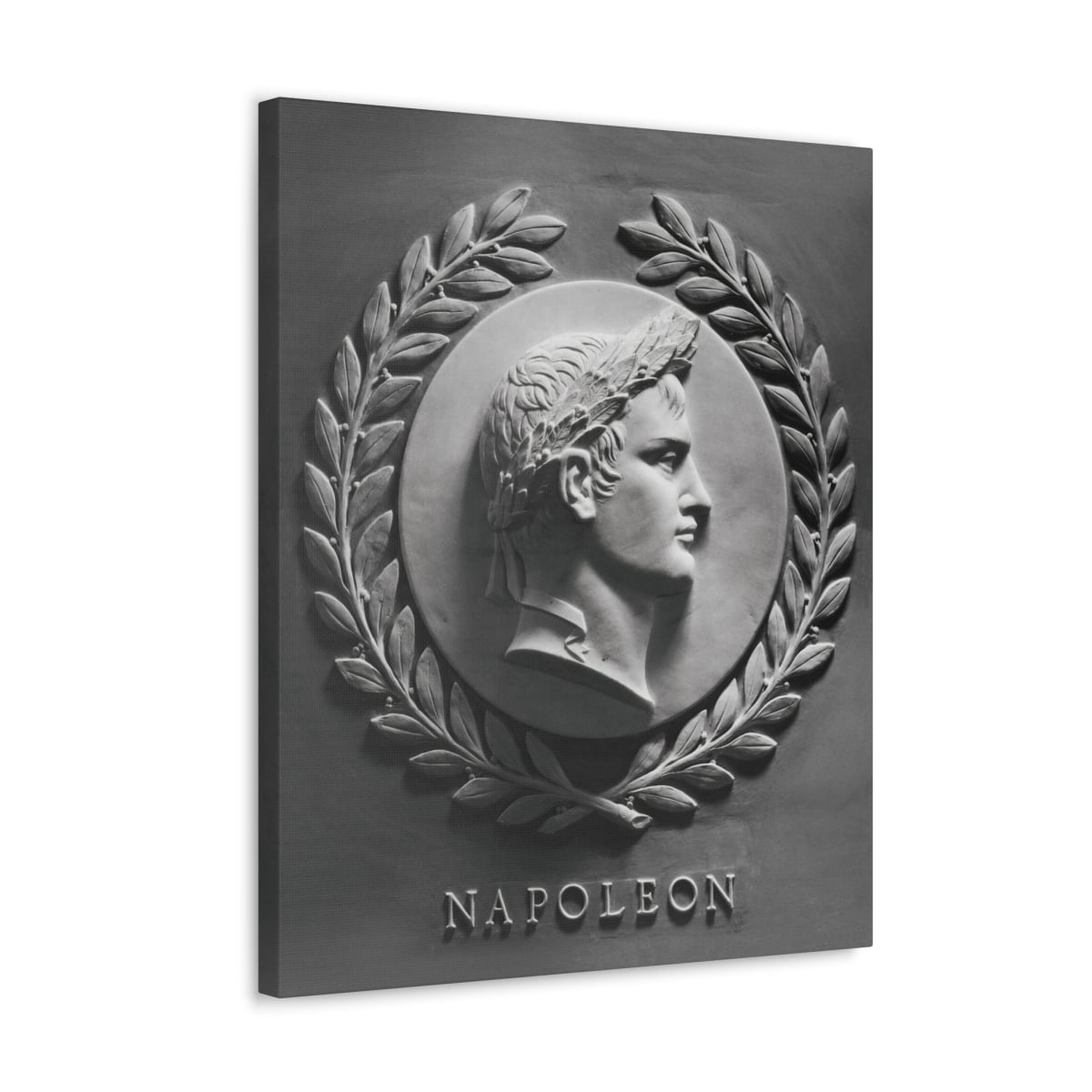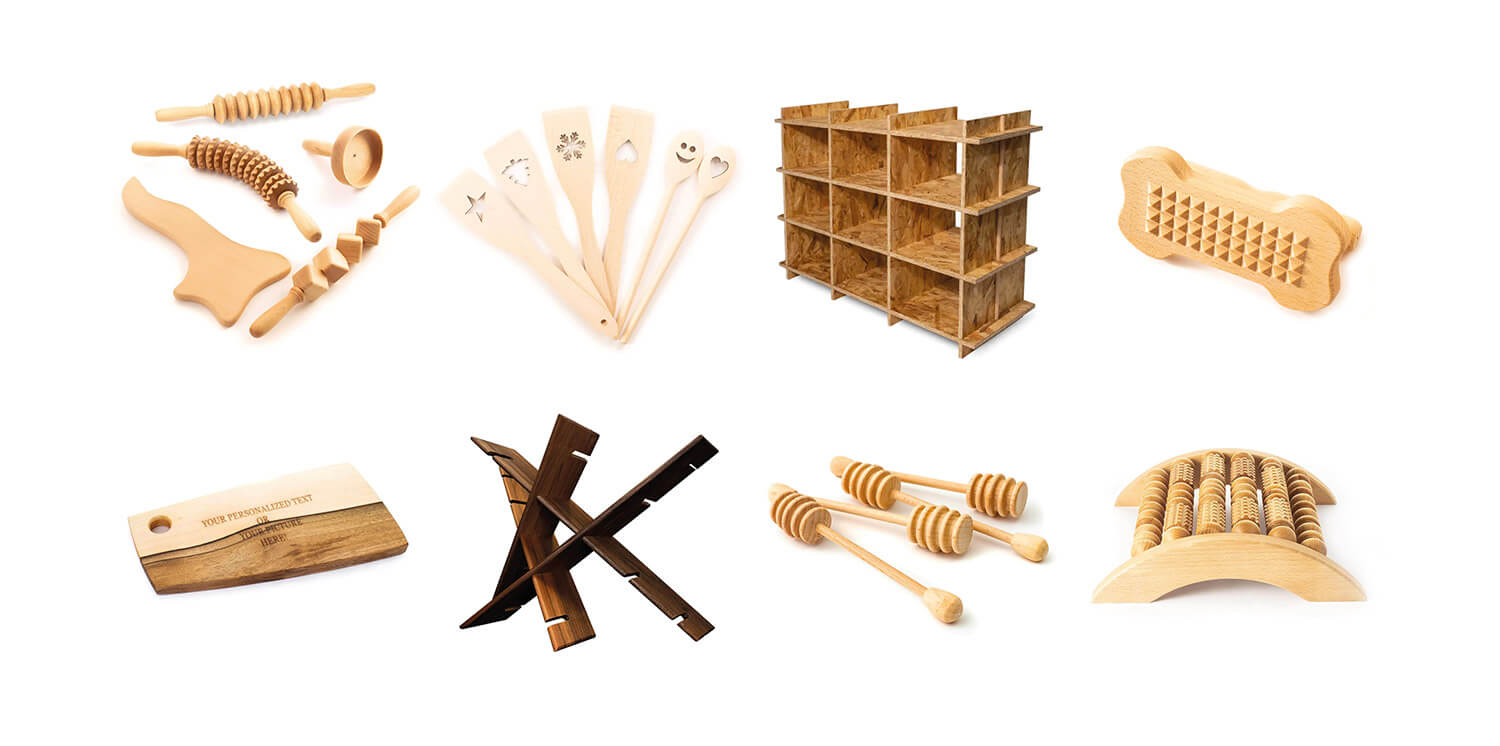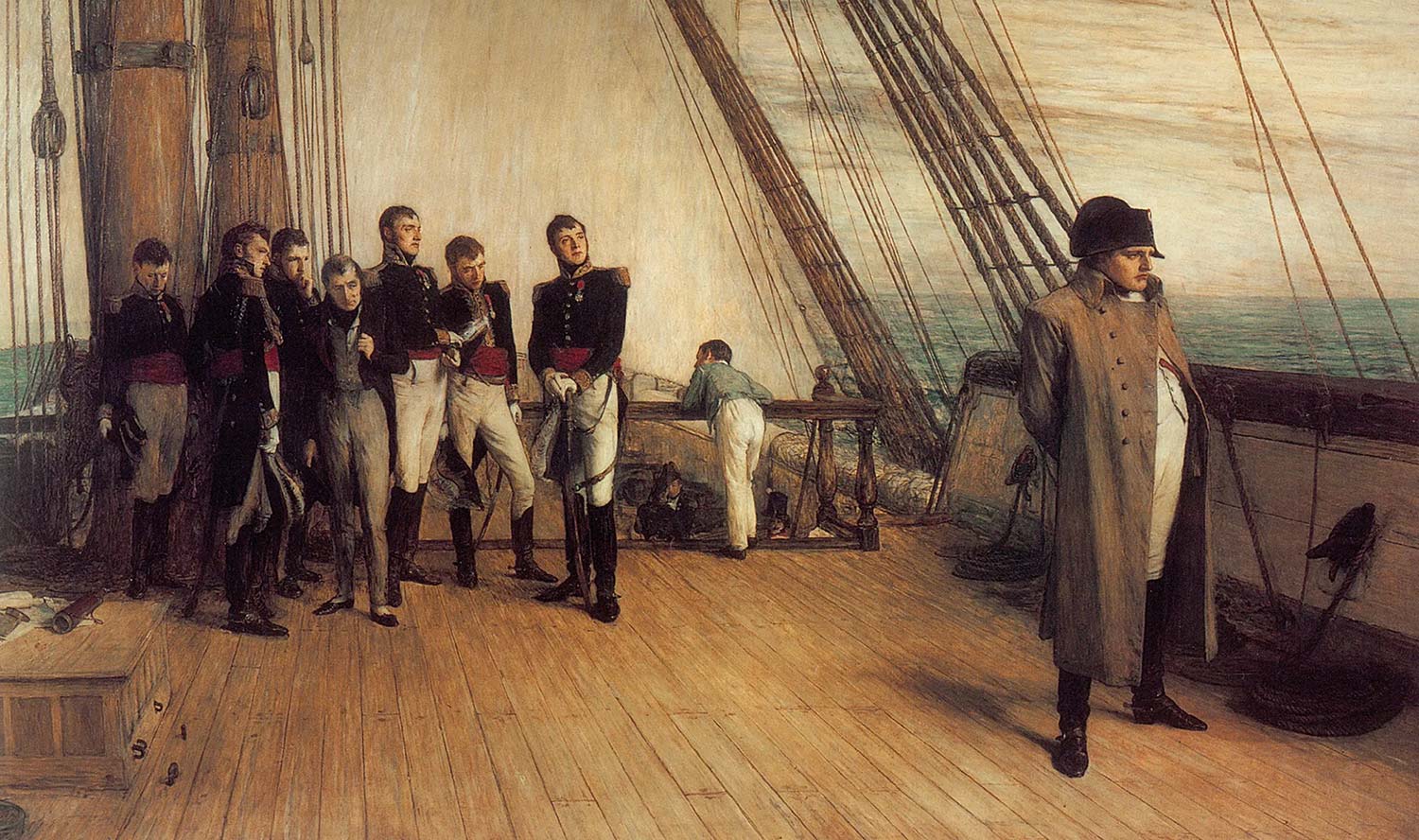
Napoleon Bonaparte Paintings: A Visual History of a Legendary Leader
Napoleon Bonaparte (1769-1821) was a French military leader and emperor who conquered much of Europe in the early 19th century. He was born on the island of Corsica, and quickly rose through the ranks of the army during the French Revolution. He seized political power in France in a coup d’état in 1799, and crowned himself emperor in 1804. He was a brilliant strategist and tactician, who won many wars and battles against various coalitions of European nations. He also introduced significant reforms and innovations in France and the territories he controlled, such as the Napoleonic Code, the metric system, the Legion of Honour, and the Bank of France. He was eventually defeated and exiled twice, first to the island of Elba in 1814, and then to the remote island of Saint Helena in 1815, where he died.
Napoleon’s life and achievements were immortalized in many paintings by different artists, who either witnessed his actions or were commissioned by him or his supporters. These paintings not only portray the historical events and scenes of his era, but also reveal his personality, his vision, his ambitions, and his legacy. In this article, we will explore some of the most famous and influential Napoleon paintings, and how they reflect his role and impact on the world.
Napoleon Crossing the Alps
One of the most iconic and recognizable Napoleon paintings is Napoleon Crossing the Alps, by the French painter Jacques-Louis David (1748-1825). David was one of the most prominent Neoclassical painters, who supported the French Revolution and became Napoleon’s official painter. He created five versions of this painting between 1801 and 1805, each depicting Napoleon on a rearing horse, leading his army across the Alps to reinforce his troops in Italy in 1800. The painting was commissioned by the King of Spain, who was Napoleon’s ally at the time, and was intended to glorify Napoleon’s military genius and charisma.
The painting is a masterpiece of propaganda and symbolism, as it depicts Napoleon as a heroic and powerful leader, who is not deterred by the harsh and dangerous conditions of the mountainous terrain. He is dressed in a simple uniform, with a cloak and a hat, and holds a sword in his right hand. He is surrounded by his loyal soldiers, who carry the French flag and the eagle standard, the symbols of the French Republic and the Empire. He is also accompanied by a guide, who points the way to the pass of the Great Saint Bernard, where Napoleon actually crossed the Alps. The painting also includes some historical and mythical references, such as the names of Hannibal and Charlemagne, who also crossed the Alps in the past, and the inscription “Bonaparte” on the rocks, which suggests that Napoleon is destined to conquer Italy.
The painting is a dramatic and idealized representation of Napoleon’s crossing of the Alps, as it does not reflect the reality of the event. In fact, Napoleon did not ride a fiery steed, but a mule, and he was not the first to cross the Alps, but the last. He also wore a more elaborate and decorated uniform, and had a different facial expression. However, the painting was not meant to be realistic, but to create a powerful and lasting impression of Napoleon’s courage and leadership, and to inspire his followers and intimidate his enemies.
The Coronation of Napoleon
Another famous Napoleon painting is The Coronation of Napoleon, also by Jacques-Louis David, completed in 1807. The painting shows the ceremony of Napoleon’s coronation as the emperor of France, which took place at the Notre-Dame Cathedral in Paris, on December 2, 1804. The painting is huge, measuring almost 10 meters by 6 meters, and contains over 200 figures, each carefully studied and portrayed by David.
The painting is a remarkable depiction of the pomp and splendor of the coronation, as well as the political and religious significance of the event. It shows Napoleon, wearing a purple robe and a laurel wreath, holding the imperial crown in his right hand, and about to place it on his own head. He is standing on a platform, surrounded by his family, his ministers, his generals, and other dignitaries. Behind him is Pope Pius VII, who came from Rome to bless the coronation, but who was not allowed to crown Napoleon, as the emperor wanted to assert his independence from the Church. In front of him is a large audience, composed of the members of the Senate, the Council of State, the Legislative Body, the Tribunate, and the Imperial Court, as well as the representatives of the French people.
The painting also shows a surprising and controversial detail, which is the gesture of Napoleon’s wife, Josephine. She is kneeling on a cushion, wearing a white dress and a diadem, and looking up at Napoleon with devotion. She is holding her hands together, as if in prayer, but also as if to receive the crown from Napoleon. However, Napoleon is not looking at her, but at the audience, and he is not crowning her, but himself. This suggests that Napoleon is the sole source of his power and legitimacy, and that Josephine is subordinate and dependent on him. This also reflects the fact that Napoleon was not happy with Josephine, who had not given him an heir, and who he later divorced in 1809.
The painting is a testimony of Napoleon’s ambition and authority, as well as his relationship with the Church and his wife. It is also a historical document, as it records the names and faces of the participants of the coronation, and the details of the ceremony. The painting was commissioned by Napoleon himself, and was intended to be displayed in the throne room of the Tuileries Palace, but it was never installed there. Instead, it was exhibited at the Louvre Museum, where it can still be seen today.
Napoleon Bonaparte, who was one of the most influential and controversial figures in European history. Some of the paintings depict his military campaigns, his coronation, his marriage, his exile, and his death. Here are some examples of other famous Napoleon paintings, besides the ones I mentioned in the article:
- Bonaparte at the Pont d’Arcole, by Antoine-Jean Gros (1796). This painting shows Napoleon leading his troops to victory over the Austrians at the bridge of Arcole in Italy. He is holding a flag and a sword, and appears fearless and heroic. The painting was commissioned by Napoleon himself, and was meant to boost his popularity and reputation.
- Emperor Napoleon in His Study at the Tuileries, by Jacques-Louis David (1812). This painting portrays Napoleon in his private office, working on some documents. He is wearing his green uniform and his Legion of Honour medal, and looks calm and confident. The painting was a gift from David to Napoleon, and was intended to show his dedication and diligence.
- Marriage of Napoleon and Marie-Louise, by Georges Rouget (1811). This painting depicts the wedding ceremony of Napoleon and his second wife, Marie-Louise of Austria, at the Louvre Palace in Paris. The painting shows the happy couple surrounded by their family, friends, and dignitaries, as well as the Pope, who officiated the marriage. The painting was commissioned by Napoleon, and was meant to celebrate his alliance with Austria and his hope for an heir.
- Napoleon on the Bellerophon, by Charles Lock Eastlake (1815). This painting shows Napoleon on board the British ship Bellerophon, after his defeat at the Battle of Waterloo. He is sitting on a bench, looking at the sea, and seems resigned and melancholic. The painting was based on a sketch by the ship’s captain, who witnessed Napoleon’s surrender and exile to Saint Helena.
- The Death of Napoleon, by Horace Vernet (1826). This painting depicts the final moments of Napoleon’s life, on the island of Saint Helena, where he died of stomach cancer. He is lying on his bed, surrounded by his doctor, his valet, and some of his loyal officers. He is holding a crucifix and a medallion of his son, and looks peaceful and serene. The painting was commissioned by Napoleon’s brother, Joseph, and was meant to honor his memory and legacy.
Reception of His Art
The reception of Napoleon's portraits varied, eliciting awe, controversy, and critical acclaim, inviting discussions about the true representation of power and leadership.
Artistic Legacy
Napoleon's influence on art extends beyond his era, inspiring generations of artists to explore themes of power, leadership, and ambition in their works.
Impact on Modern Art
Even in contemporary times, Napoleon's image continues to be reinterpreted, adding layers of complexity and intrigue to the ongoing conversation about his legacy.
Best 30 Quotes on Napoleon to Help You Conquer The World
- Never interrupt your enemy when he is making a mistake.
- Liberty, Equality, Fraternity.
- You become strong by defying defeat and by turning loss into gain and failure into success.
- Men take only their needs into consideration - never their abilities.
- Once you have made up your mind, stick to it; there no longer any ‘if’ or ‘but’.”
- Death is nothing, but to live defeated and inglorious is to die daily.
- Take time to deliberate, but when the time for action has arrived, stop thinking and go.
- There is no such thing as an accident; it is fate misnamed.
- Until you spread your wings, you’ll have no idea how far you can fly.
- Imagination rules The world.
- The truest wisdom is a resolute determination.
- Victory belongs to the most persevering.
- Ability is of little account without opportunity.
- Riches do not consist in the possession of treasures but in the use made of them.
- The best Cure for the body is a quiet mind.
- Nothing is more difficult, and therefore more precious, than to be able to decide.
- A society without religion is like a vessel without a compass.
- The best way to keep one’s word is not to give it.
- He who fears being conquered is sure of defeat.
- Courage is like love; it must have hope for nourishment.
- The fool has one great advantage over a man of sense; he is always satisfied with himself.
- A true man hates no one.
- Can’t keep these h*** off. A Short King with Big D*** Energy.
- It requires more courage to suffer than to die.
- Soldiers generally win battles; generals get credit for them.
- You must not fight too often with one enemy, or you will teach him all your art of war.
- Men are moved by two levers only: fear and self-interest.
- History is a set of lies agreed upon.
- It is the cause, not the death, that makes the martyr.
- A man will fight harder for his interests than for his rights.
Napoleon Bonaparte's timeless quotes, when immortalized on canvas posters, transcend mere decoration. They become conduits of wisdom, motivation, and historical essence, enriching spaces and minds alike. Explore this collection, adorn your surroundings, and let Napoleon's words continue to inspire generations to come.
10 Most Iconic Napoleon Bonaparte Paintings
| Painting Title | Year of Creation | Author |
|---|---|---|
| Napoleon Crossing the Alps | 1801 | Jacques-Louis David |
| Napoleon at the Pesthouse at Jaffa | 1804 | Antoine-Jean Gros |
| The Coronation of Napoleon | 1807 | Jacques-Louis David |
| Napoleon Bonaparte on the Battlefield of Eylau | 1808 | Antoine-Jean Gros |
| Napoleon in His Study | 1812 | Jacques-Louis David |
| Napoleon Bonaparte at the Bridge of Arcole | 1796 | Antoine-Jean Gros |
| Napoleon Bonaparte Visiting the Plague Victims of Jaffa | 1804 | Antoine-Jean Gros |
| Napoleon at Fontainebleau | 1814 | Paul Delaroche |
| Napoleon on the Imperial Throne | 1806 | Ingres |
| Napoleon Bonaparte's Farewell to the Imperial Guard | 1814 | Antoine Alphonse Montfort |
FAQs
-
Q: What was Napoleon Bonaparte's relationship with art?
A: Napoleon had a deep appreciation for art and recognized its power in shaping public opinion. He actively supported artists and commissioned numerous portraits to craft his image. -
Q: Which painting is considered the most iconic depiction of Napoleon?
A: Jacques-Louis David's "Napoleon Crossing the Alps" is arguably the most iconic portrayal, symbolizing Napoleon's ambition and determination. -
Q: How did Napoleon's patronage influence artistic trends?
A: Napoleon's patronage led to a surge in artistic representations, where artists vied to capture his image, showcasing his influence on artistic trends. -
Q: Were there controversies surrounding Napoleon's portraits?
A: Yes, controversies abounded due to varying interpretations and attempts to portray Napoleon in different lights, sparking debates about authenticity and propaganda. -
Q: What is the significance of Napoleon's artistic legacy?
A: Napoleon's legacy in art transcends mere portraits, influencing subsequent artistic movements and fostering discussions on the intersection of power and representation. -
Q: How does Napoleon's image in art reflect his personality?
A: Artistic depictions often reveal Napoleon's multi-faceted persona, oscillating between a visionary leader and a complex individual, adding depth to his historical legacy.
Exploring Napoleon Bonaparte's paintings unveils not just the visual narrative of a historic figure but also the evolution of artistic expression influenced by power, leadership, and ambition. His impact on art endures, sparking perpetual conversations about the interplay between image, perception, and reality. These historical art pieces are perfect for enthusiasts of French history and admirers of influential figures. Explore our Gallery to own a piece of timeless art commemorating the Legacy of Napoleon Bonaparte.

